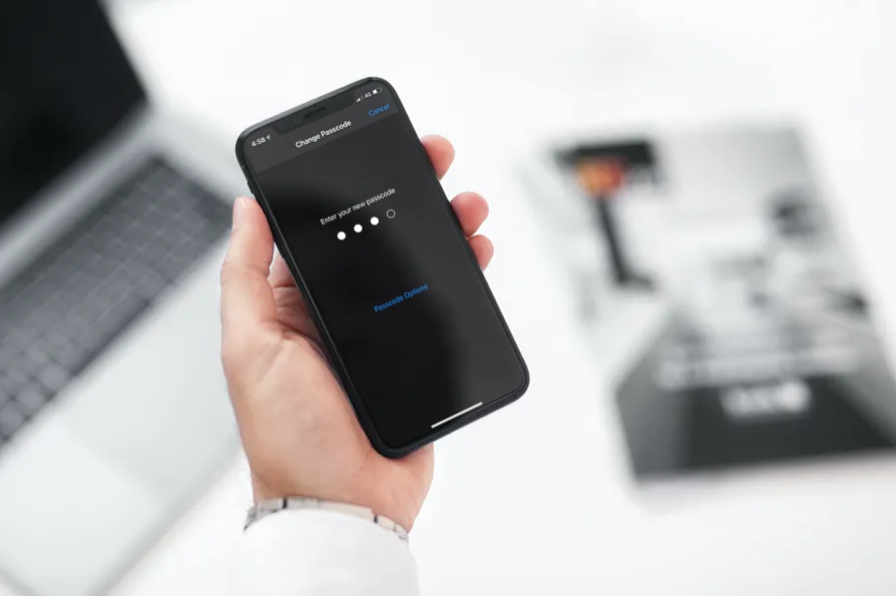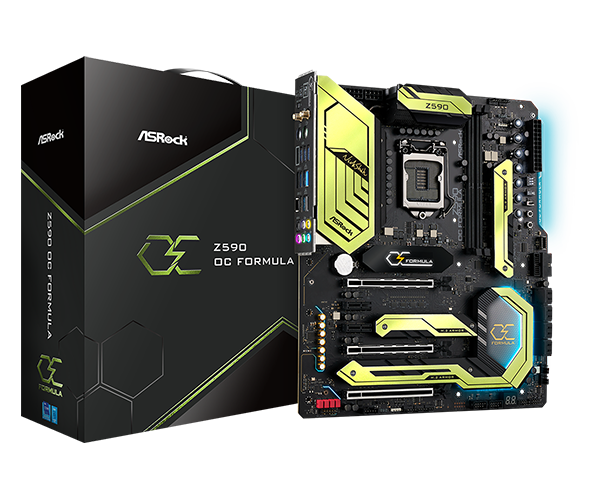Some of you might have gotten your hands on Google’s latest Nexus tablet and are looking to unlock and root the device. Today I’m going to walk you through the steps needed in order to unlock the bootloader of the Nexus 9 tablet.
In order to customize and modify your Nexus 9 tablet, we first need to unlock the bootloader. This allows us to modify some of the protected partitions within your Android device. It is also the first step we need to do before we can root the Nexus 9 too, but I will discuss that later this week, probably tomorrow.
So, before we get started with unlocking the bootloader of the Nexus 9, let’s talk about the various things that you need first. Obviously, the first thing we need to start this process is a Nexus 9 tablet.
Once you have the tablet in your hands, you can go ahead and install the Android SDK to your PC. You can find the direct download to this SDK here. You’ll need to extract/install this into a folder on your PC. The files that we need here are in the /sdk/platform-tools/ directory and they are ADB and Fastboot. Go ahead and leave these files and folders intact and we’ll use them shortly. Once you have the Android SDK set up, then you’ll want to go ahead and make sure you have the proper drivers installed. You can click here to find the drivers you need.
Warning:
I just wanted to give you a little heads up. Unlocking the bootloader will erase and wipe everything you have on your device. After unlocking the bootloader, when you boot back up you will be taken to the Android 5.0 Lollipop activation screen. Simply go through the setup process again and let Google restore all the data it can.
You will need to open your Device Manager, locate the Nexus 9(when it is connected to your PC), right-click it and then select the update drivers option. Browse to the drivers that you just downloaded from Google and then select the proper driver in the list. Once the Nexus 9 has the proper drivers installed, and you have the Android SDK installed/extracted, then we can proceed with the tutorial. Let’s go ahead and start working on getting the Nexus 9 bootloader unlocked.
Unlock Bootloader Nexus 9
- Tap on the Settings Application
- Tap on ‘About Phone’(or About Device/About Tablet)
- Tap on ‘Build Number’ Again and Again Until it Says You’re a Developer
- Go Back to the Main Settings Screen
- Scroll Down and Tap on ‘Developer Options’
- Activate ‘USB Debugging’
- Activate ‘Enable OEM Unlock’
- Connect the Nexus 9 to Your PC
- Allow the PC to have Access
- Open the Command Prompt on Your PC
- Browse to the /sdk/platform-tools/ Directory(aka, the Android SDK)
- Type the Following Command. . .
- adb reboot-bootloader
- Let the Nexus 9 Boot into the Bootloader
- Then Type the Following Command. . .
- fastboot oem unlock
- Press the Volume Up/Down Buttons to Highlight ‘Yes’
- Press the Power Button to Select the ‘Yes’ Option
- Wait Until the Erasing Messages Goes Away
- Then Reboot Your Nexus 9
This process is very similar to the tutorial for unlocking the bootloader of the Nexus 6 and all other Nexus devices. It’s fairly straight forward but there are a couple of things that some people get stuck on. The main issue I see is that people aren’t allowing the PC to have access to the device. Once you enable USB Debugging and then you connect it to your PC, you should see a message that looks similar to the image above. This image was taken from a previous version of Android so the looks might have changed with the update to Lollipop. If you do not see the dialog box appear when you connect it to your PC(after you enable USB debugging), go ahead and try to reboot the device. This sometimes helps to trigger this message.
If you do not allow access to your device then you will not be allowed to issue any fastboot commands to your Nexus 9. This will halt the entire unlocking process and you won’t be able to unlock the bootloader. In order to get this access dialog thought, you will need to install the proper USB drivers that we talked about earlier in this tutorial. If you have any questions or come across any issues during this process, please do not hesitate to leave a comment below. I will do what I can to help resolve the issue.





